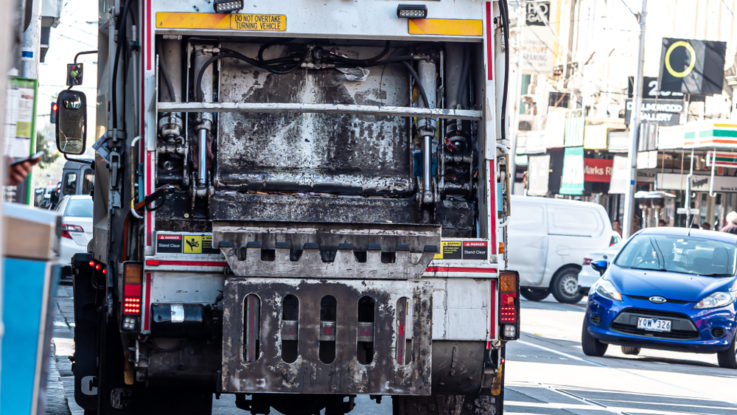
The City of Brimbank – a local government area located within the metropolitan area of Melbourne, Australia – is working with the Swinburne University of Technology on a project that will use high-resolution cameras and GPS sensors attached to garbage trucks to rapidly detect road and roadside assets that require maintenance. The project is funded by AU$1.18M (~US$0.84M) from the federal government and aims to demonstrate how 5G and the internet of things (IoT) can support smart cities around Australia.
The cameras attached to the garbage trucks will collect 3D perception data at a rate of 900 megabits per second. The garbage trucks travel across every street in the council area each week and will transmit the data in real-time while moving at varying speeds. The captured data will be sent in real-time to a cloud-based system that can create an easy-to-use map of assets that require maintenance – such as road signs, bus shelters, or damaged roads. Maintenance teams will be able to get information directly on their phones and upload proof of maintenance performed on the spot. It’s expected that the system will drastically reduce the time it takes to identify, document, and fix issues; remove the need for manual reporting and auditing; and save up to 50% of asset auditing costs.
“Residents have told us via the community survey that improving the appearance of Brimbank’s roads, road signs, bus stop shelters and roadside spaces is a high priority,” said mayor councilor Jasmine Nguyen. “This innovative 5G-based project offers us a quicker and more efficient way to identify which assets need maintenance, and to get the information to the work crews. Simply put, this project will help Council respond faster to assets that need maintenance. Council is pleased to be working with Swinburne University and Optus on this ground-breaking project. Our project will also lead the way for other councils considering 5G based solutions for road and roadside asset condition monitoring.”